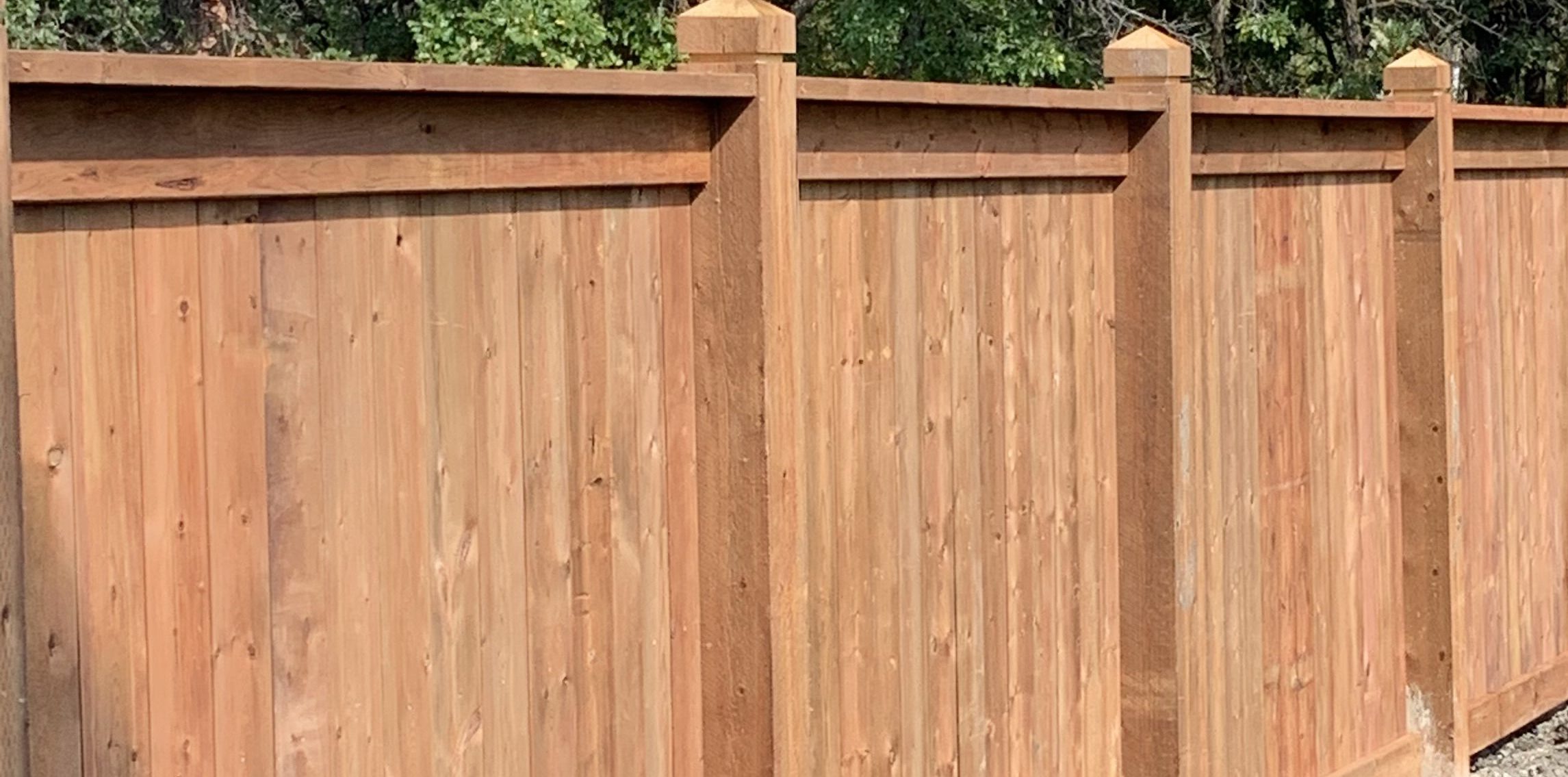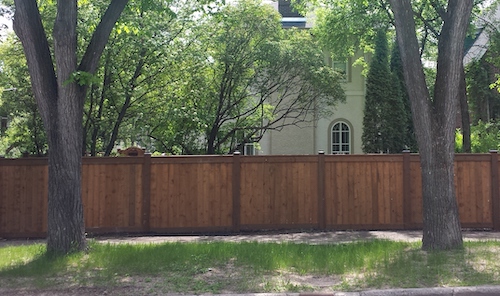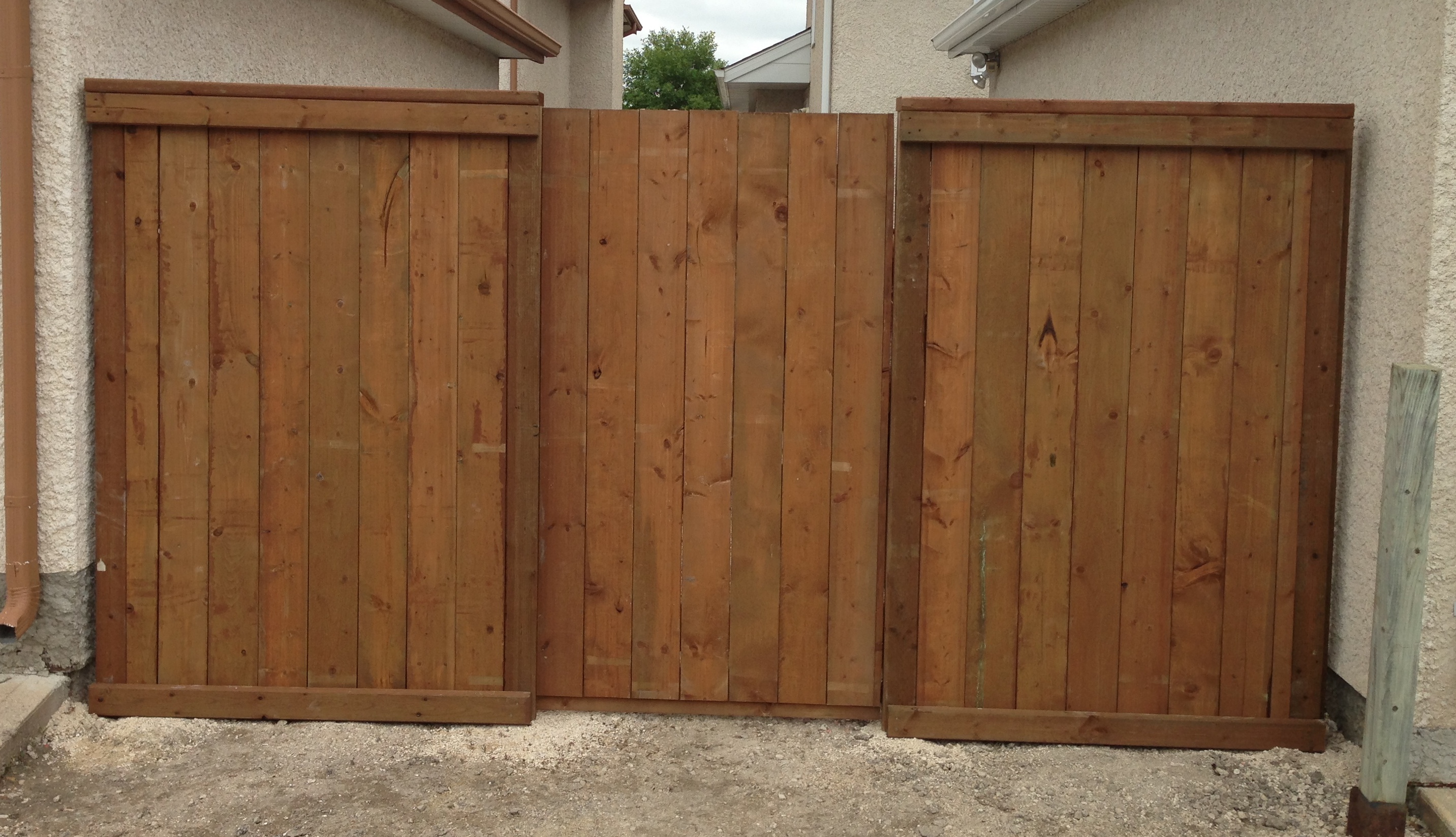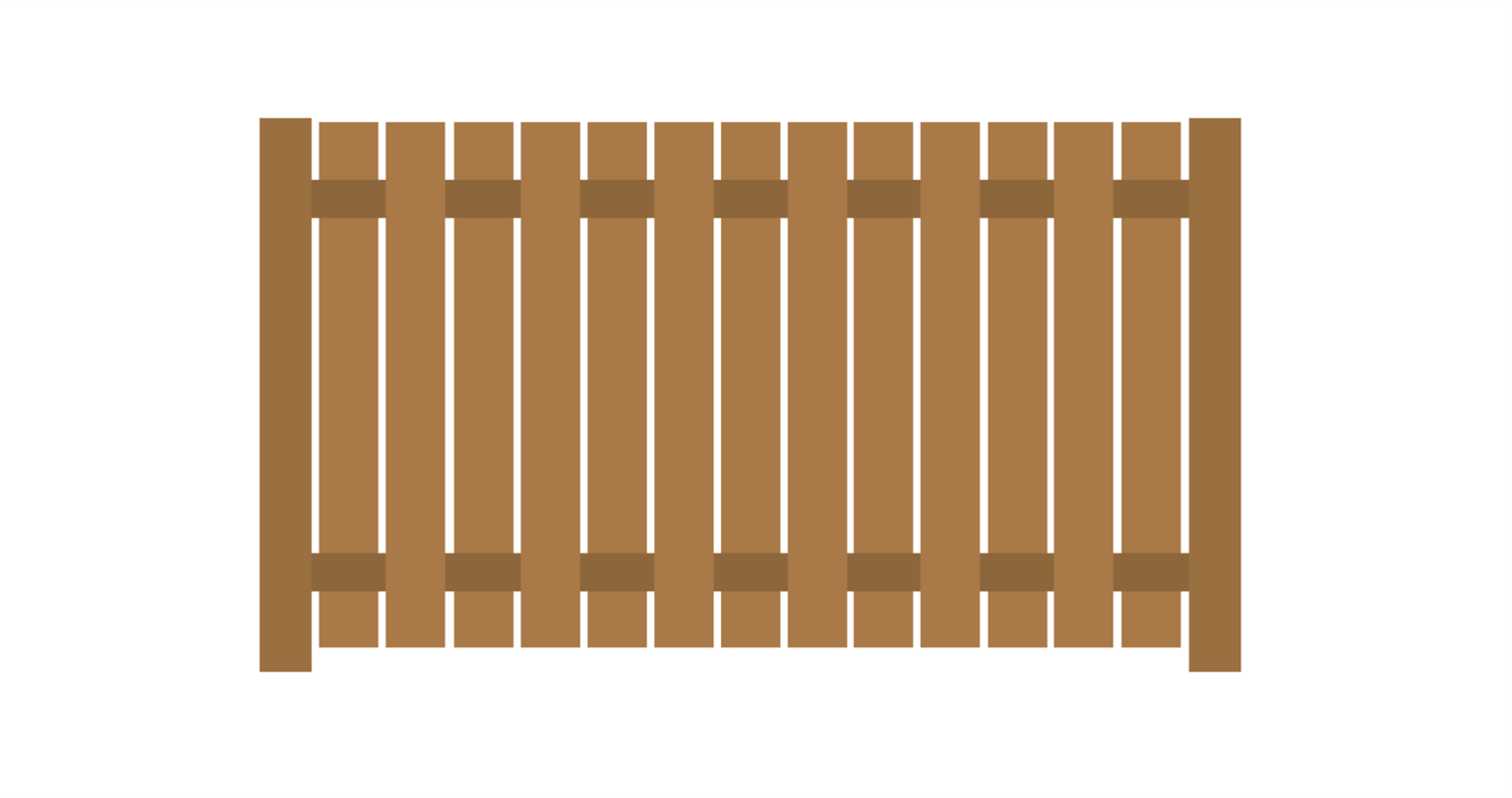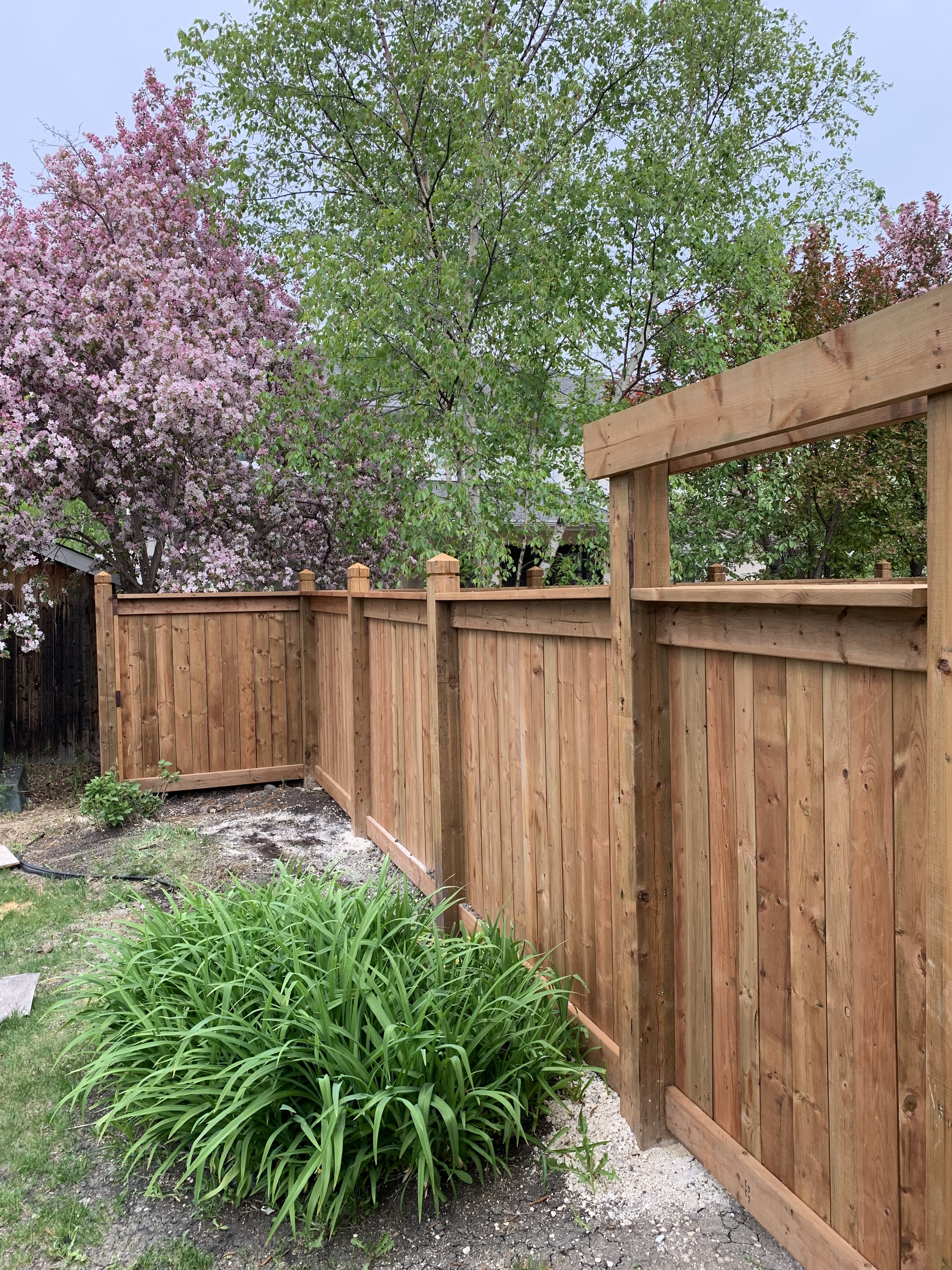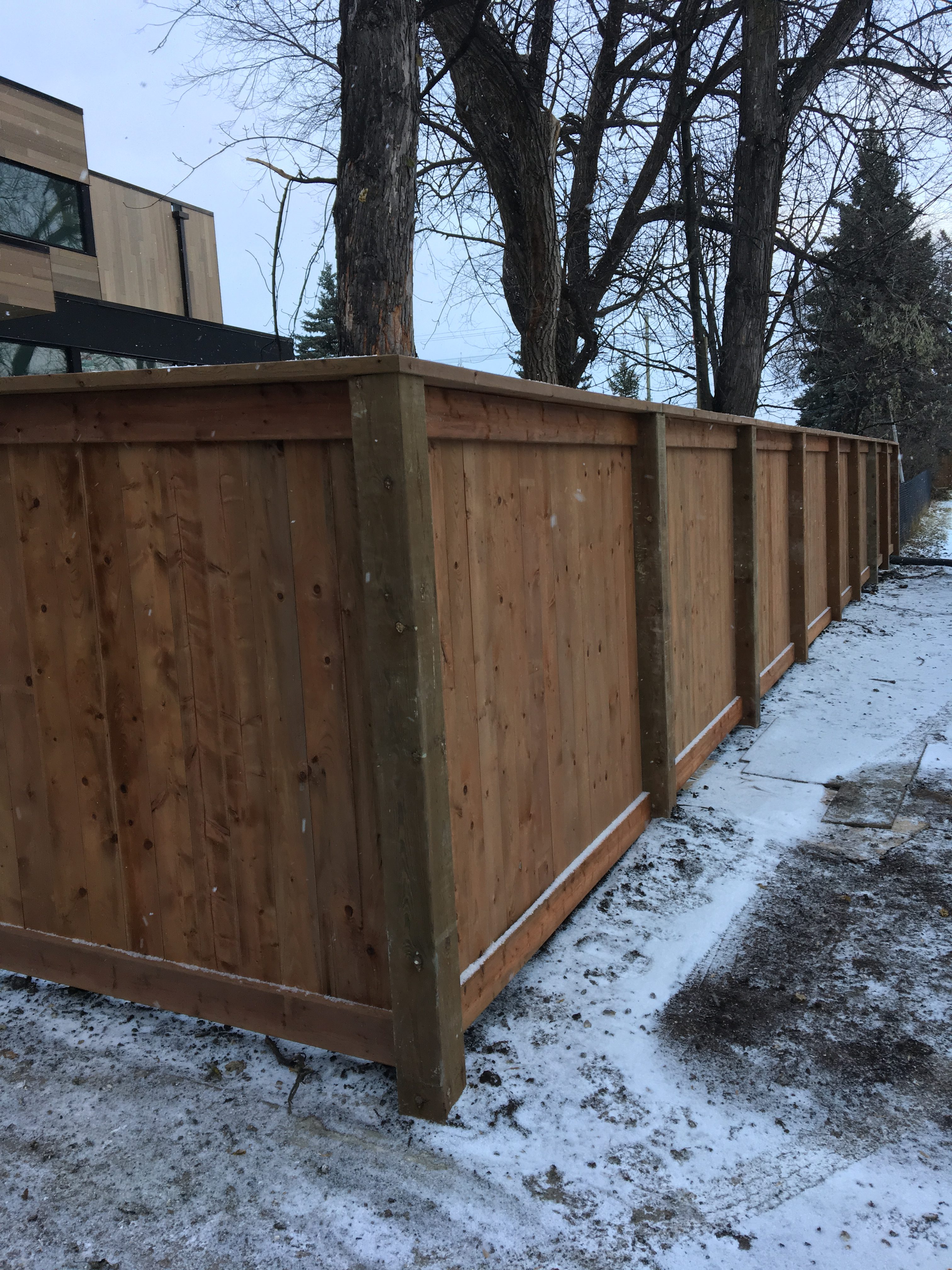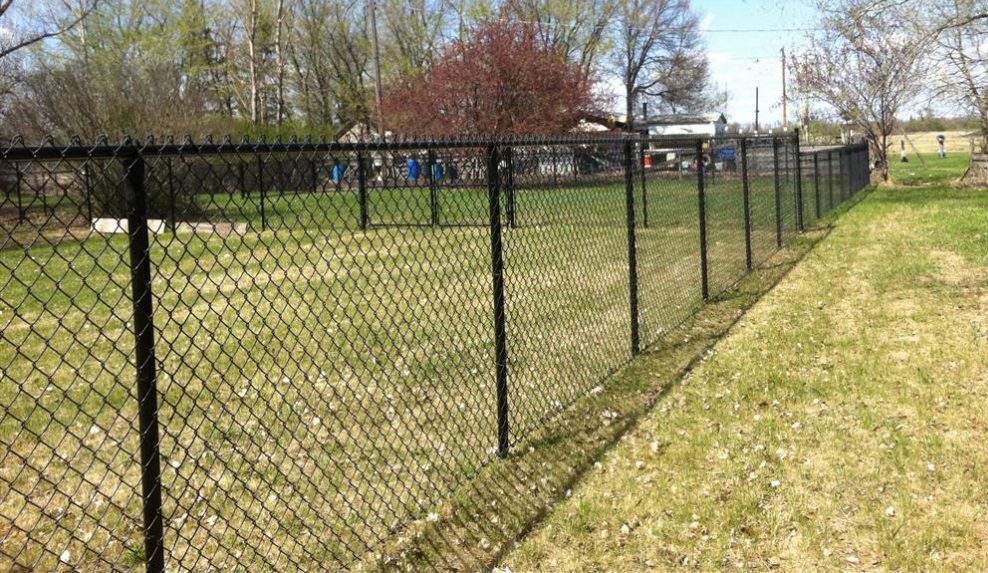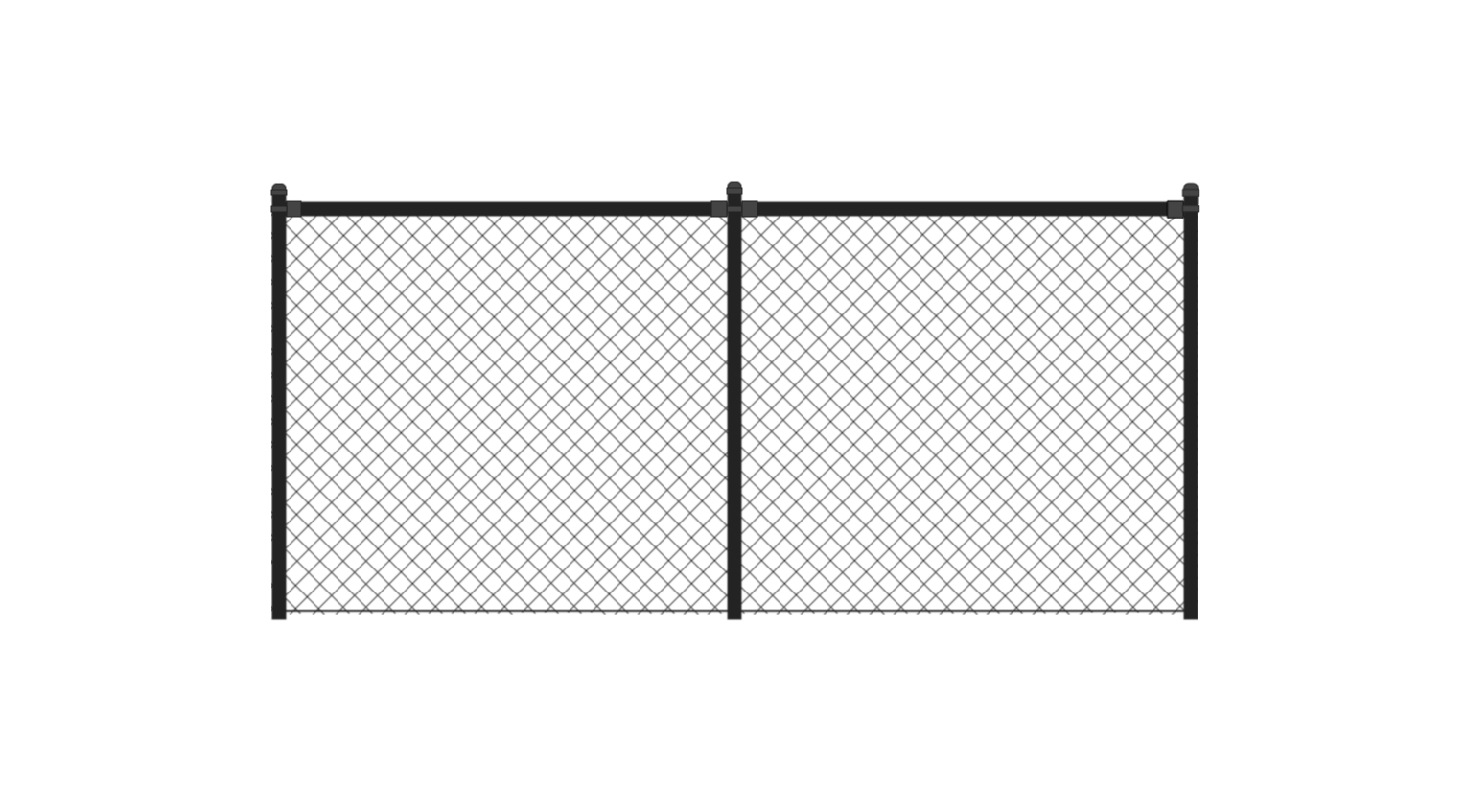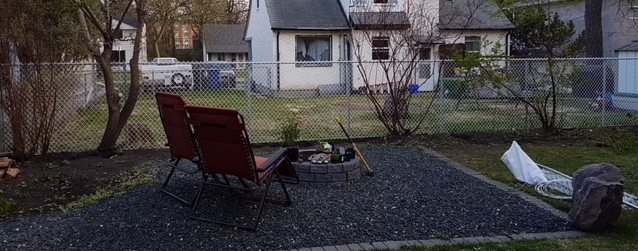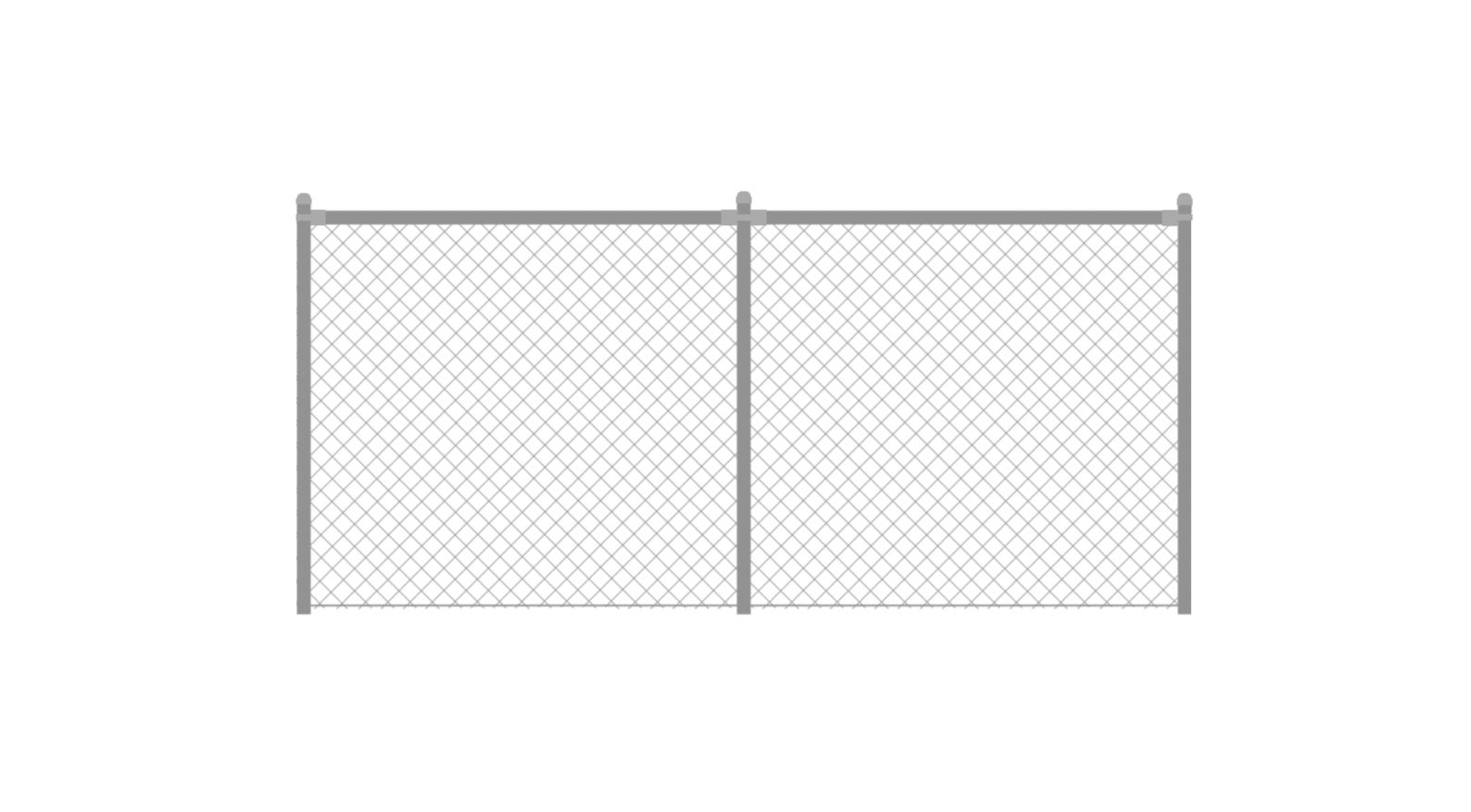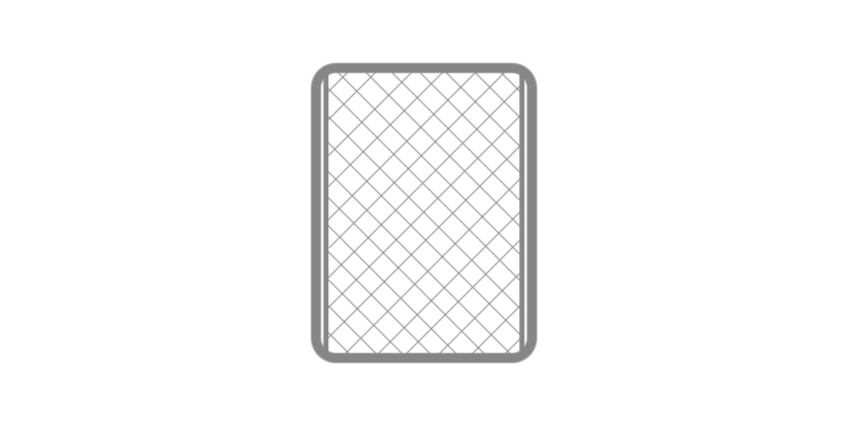How much does a fence cost?
toronto's average fence cost is $41.70 per foot. That works out to $2502.00 for an average sized yard.
Ultimate Canadian Fence Cost Guide 2021
Updated March 15, 2021
Three things to focus on when choosing a type of fence are the look, function and cost. We will explore these three topics, plus many more in this article.
Lets start out by looking at how fence costs differ between cities in Canada. The prices are shown as a cost per foot or CPF. Cost per foot is a common way of expressing fence costs. All prices are in Canadian dollars.
Fence cost by city
canada
| Cities | Average wood CPF | Average chain link CPF |
|---|---|---|
| vancouver | $44.31 | $21.32 |
| calgary | $39.21 | $19.41 |
| edmonton | $38.73 | $19.22 |
| regina | $45.96 | $21.69 |
| saskatoon | $45.96 | $21.69 |
| winnipeg | $44.94 | $21.21 |
| toronto | $49.80 | $21.45 |
| hamilton | $49.57 | $21.35 |
| ottawa | $46.90 | $20.25 |
| gatineau | $48.09 | $20.97 |
| montreal | $45.59 | $20.28 |
| quebec city | $46.88 | $20.28 |
If you are interested in the prices for a particular type of fence use the table of contents to quickly navigate to that section. If you plan to build your fence yourself we have some useful info for you as well. Also, don't forget to check out the helpful tips at the bottom of the page that apply to all types of fences.
The type of fence you choose has a large impact on its price. Some examples of fence types include wood, chain link, vinyl and ornamental. The table below shows the price ranges for a couple different types of fence. If you want fence prices for a different city we have articles for edmonton fence costs, installation costs in vancouver and many other cities.
Fence costs by type
calgary
| Type | Min CPF | Max CPF |
|---|---|---|
| wood | $29.01 | $46.54 |
| chain link | $17.20 | $21.61 |
Free Fence Cost Calculator
Get a price estimate for your specific style, location and dimensions.
Wood fence
Wood fences are very common. Part of the reason fences made from wood are so popular is because they offer good style and function for their cost. In other words you get a lot of value for your money with this type of fence.
Materials
There are a few different types of wood material. Each varies slightly and has its own unique characteristics including the look of it, the maintenance required and cost.
Brown treated
One wood material option is brown treated, also known as cedartone. Despite its name it is different from cedar (another type of wood you may have heard of).
Brown treated is often a soft wood like spruce or pine. Soft woods usually decay quickly when exposed to the elements. However, cedartone is treated with chemicals that make it decay much slower. The chemicals are also what gives the wood its distinct brown colour, and the brown colour resembles the colour of cedar which is where its other name comes from.
For more information about the health and environmental considerations of treated material please refer to this Government of Canada resource.
Green treated
You may have heard of Green treated lumber before as it was once a very popular fence material. However, green treated material has been phased out over the last few years and is now almost impossible to find.
Besides its slightly lower price point there will not be much else missed about green treated material. The material was retired due to its negative effect on the environment and possible health implications. In case this makes you think twice about brown treated material, don't worry. Brown treated is actually the safer product introduced to replace green treated.
Cedar
Cedar is the high end wood fence material option. It is a hard wood. Hard woods are often used as part of fine wood working inside of a house. Although, unlike other hard woods it is common to see cedar in places where it is exposed to the elements.
The reason you also see cedar used in fence construction is because of the lifespan you get from it. Contrary to brown treated material the long lifespan does not come from chemicals. Cedar wood contains natural oils that prevent insects from eating at the wood. However, all of the upsides of cedar do come at a cost. Literally. It is the most expensive readily available wood fence material option.
Wood fence costs
vancouver
| Type | Average CPF |
|---|---|
| cedar | $49.00 |
| brown treated | $41.18 |
Styles
Friendly neighbour
This style gets is name because it looks the same on both sides. A lot of other fence styles look different on either side. Leading some to call one the "good side" and one the "bad side". A common concern with fence styles that have two different looking sides is what side to have facing your neighbours. With the friendly neighbour style this is never a concern. However, what you gain in diplomacy you loose in privacy. At certain angles you can see through this fence.
Framed
The framed style of this fence features a stringer running at the top and bottom of the fence. This style looks different on either side so it does have a "good side" and a "bad side". You get great privacy from this fence design.
Picket
This style of fence is more about the look than the function. It offers little to no privacy and would only be able to contain very small pets. However, it still has it's place. It is the quintessential style of fence to wrap the yard of a character home.
Function
Wood is a well established material that lends itself very well to fence construction. A fence made from wood can serve every function you may require from a fence. Whether you are looking for a privacy fence, have a pool or are trying to keep your pet from running away a wood fence is an option for you.
Privacy
Secure
Sufficient for dog owners
Meets requirements for yards with pools
Zero maintenance
For those that are budget conscious, chain link material does deliver most of the same functionality as wood at a lower price point. One downside of wood fences over materials such as chain link or vinyl is the maintenance required. Unlike the latter two wood material can require staining or painting in order to extend its lifespan.
Chain link fences
Chain link is another fence material you see quite often. It is a versatile material that is frequently used in commercial applications, but it is also common to see it on residential properties.
Materials
Galvanized
The most common type of chain link you will see is galvanized. It has a grey metallic finish similar to tin foil but less shiny.
PVC Coated
A more expensive option in the chain link material family. It is essentially the galvanized style coated in PVC. The PVC coating is available in a wide range of colour options. However, black PVC is the most common colour because it looks good in the most situations.
Chain link material costs
winnipeg
| Type | Average CPF |
|---|---|
| galvanized | $18.80 |
| black pvc coated | $23.62 |
Style
There are fewer style options available for chain link fences compared to other materials. The height is one of the parts of a chain link fence you can alter. The only thing to keep in mind is that your chain link fence height options are limited to the dimensions that chain link mesh is sold in.
When you imagine chain link fence you probably picture the variation that you can see through. The biggest change you can make to the look and function of a chain link fence is the addition of privacy slats or privacy mesh. Privacy slats and mesh take an otherwise see through chain link fence and make it a solid visual blocker. Like the PVC coating, the slats and mesh are both available in multiple colours.
Function
Privacy
Secure
Sufficient for dog owners
Yards with pools
More Tips
Do I give my neighbour the good side?
There are no rules saying you have to give your neighbour the "good side" of a fence. In fact, which side is the "good side" and which is the "bad side" is an entirely subjective concept itself. Two people may look at the same fence and each might say they like the look of a different side more than the other. Choosing who gets what side is a decision you must make for yourself. However, one thing to keep in mind is that if you are paying for the fence and you have it built on your property you are within your rights to have whatever side you want facing out of your yard.
DIY vs. Hire a professional
Fences look simple to build when the pros are doing it, but keep in mind how much experience they have. There are many things to consider when choosing if you will build your new fence yourself or hire an expert. Here are a few points a do-it-yourselfer may not have though of.
For an average sized fence all the material does not fit in a pickup truck
Do you have all the tools? If you can't borrow them you can rent them, but that will cost extra
Digging fence holes results in a lot more dirt than you would think. Where are you going to put it?
You will have to pay to take the construction scraps to the dump
Trips to get heavy loads of material to your construction site and to take scraps away can cause significant wear and tear on your vehicle
Picking a professional
If you choose to hire someone to install your fence rather than building it yourself you are faced with task of finding and selecting a fence builder. Finding companies to consider is actually pretty easy now-a-days. One online search will quickly yield many options. The trouble is picking the best out of the group.
Ultimately, you will want to have 2-4 companies visit the site, take measurements and provide quotes. This will give you an opportunity to ask the company representative some questions and get a feel for the business. See our article on selecting a fence builder for ideas of questions to ask and the answers you want to hear.
Did you get a fair estimate?
Check if the price your contractor gave you is high, low or fair.
Fencing season
In much of Canada fence construction is a seasonal business. A city like Vancouver is, of course, an exception. However, cities in regions that feel the full force of the harsh Canadian winters will have a down season. The window for fence construction in cities such as these can be as early as the start of May to as late as the end of November.
For the do-it-yourselfers
There are many resources available that explain how to build a fence. They provide an adequate overview of the steps required but, in our opinion, oversimplify the process. We explain a different perspective. After all, wouldn't you like to fully understand what your getting yourself into before you start building a fence yourself.
Out of all the home and garden renovations someone can undertake a fence is one of the less risky options. The potential for disaster if the job does not turn out as expected is much less than with something like electrical or plumbing. However, the absolutely crucial step that must be taken in order to ensure the project proceeds safely is a line locate. Check out one of our articles on fence costs for cities for more information about how line locates work in your area.
Material costs by type
montreal
| Type | Min CPF | Max CPF |
|---|---|---|
| wood | $15.85 | $29.87 |
| chain link | $10.18 | $10.51 |
Calculate Material List
Use this free calculator tool to get a list of all the material you will need and an estimated cost.
Did you find this article helpful?
Contents
We use the same algorithm that powers our fence cost estimator tool and apply this algorithm to up to date material costs for specific geographic regions to arrive at our final estimated price.
